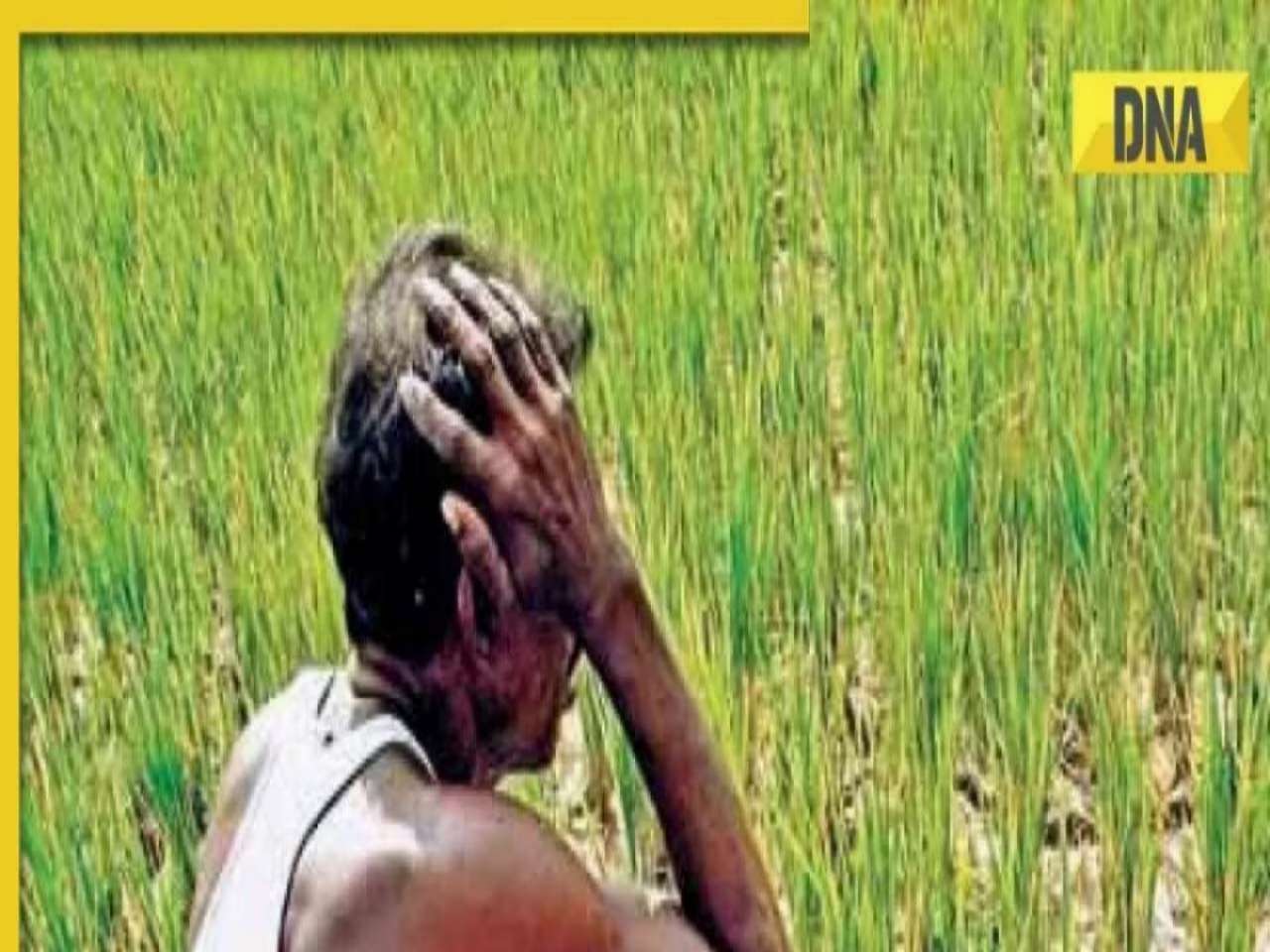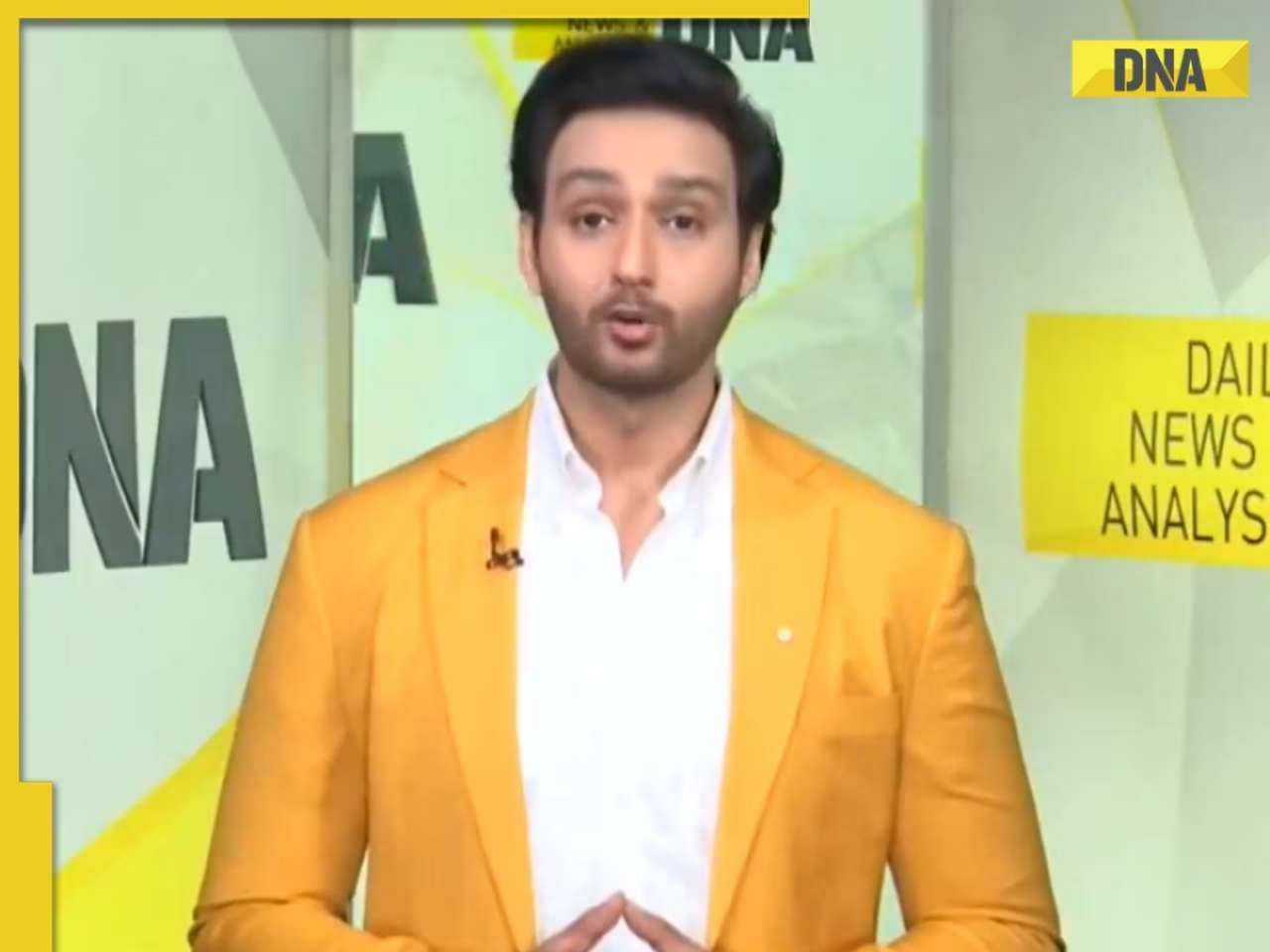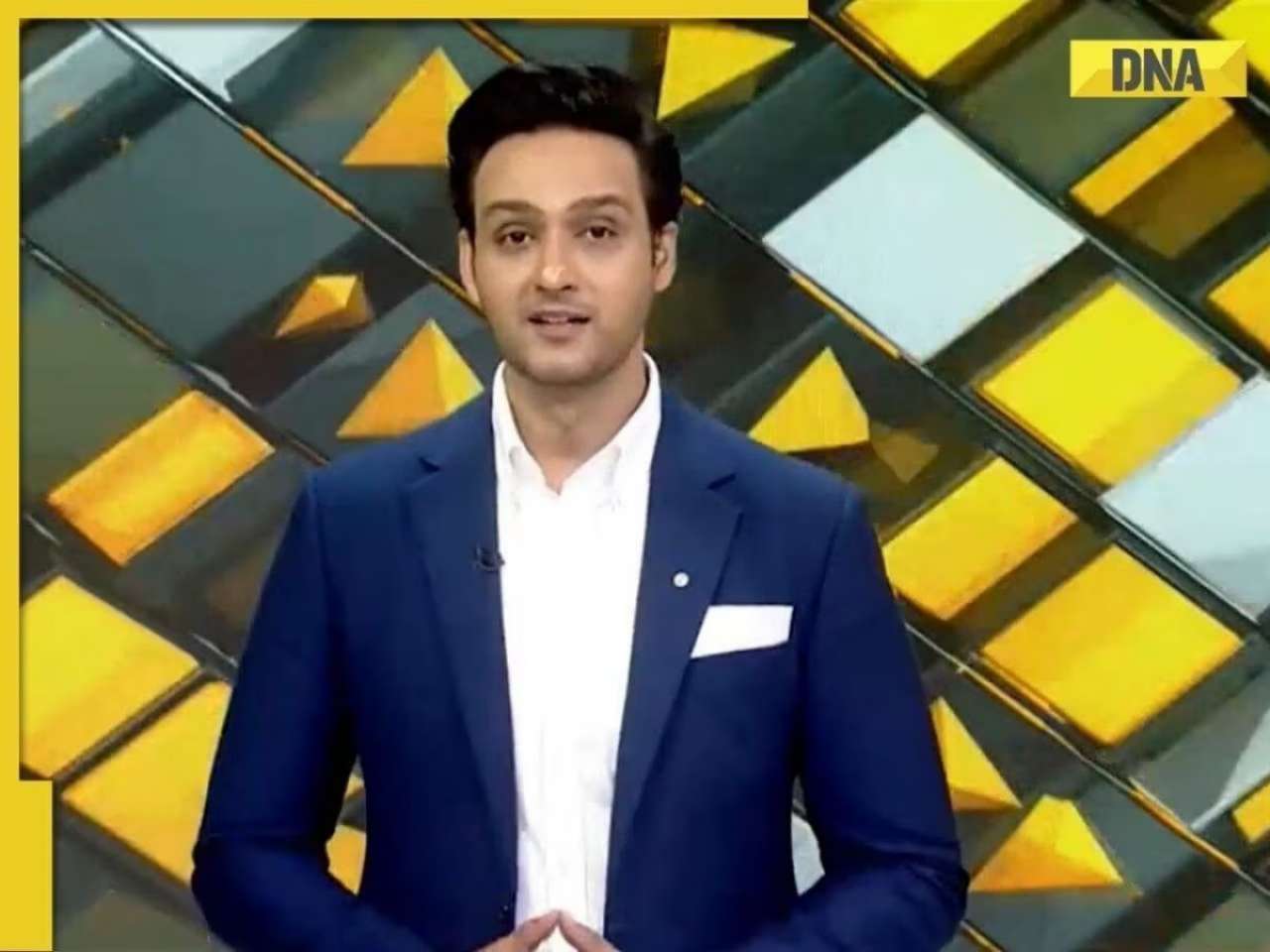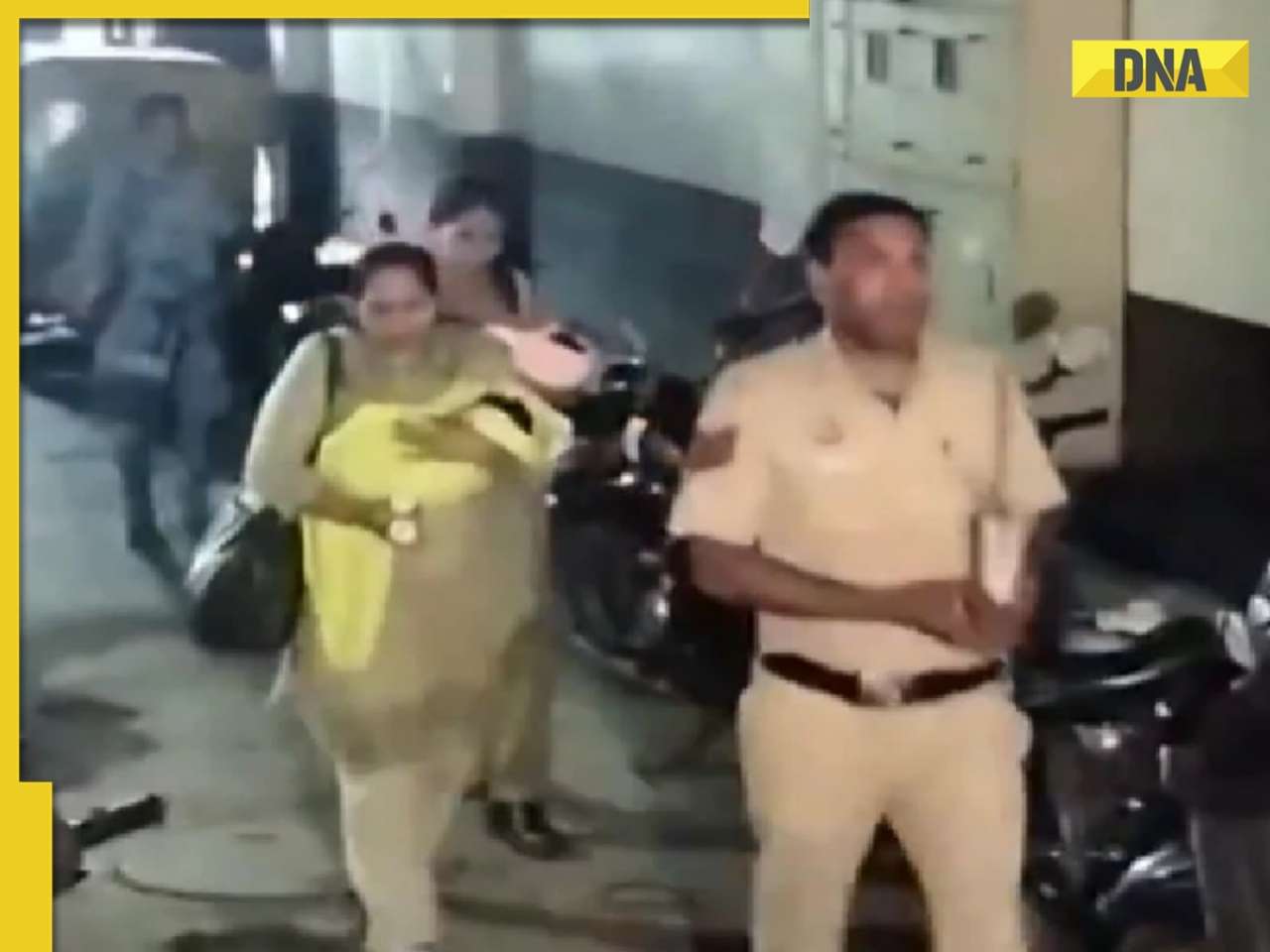Despite a 39% rise in MBBS seats in India over the past four years, thousands remain vacant, highlighting challenges in accessibility, affordability, and distribution.
Govt data shows thousands of MBBS seats remain vacant even after expansion
Even with a sharp rise in the number of MBBS seats over the past few years, many undergraduate medical seats in India remain unfilled. Data from the National Medical Commission (NMC), presented in the Lok Sabha on 1 August by Anupriya Patel, Minister of State for Health and Family Welfare, reveals the ongoing challenge. The question was raised by Telugu Desam Party MP Putta Mahesh Kumar. Between 2020–21 and 2024–25, MBBS seats increased by nearly 39%, going from 83,275 to 1,15,900. This growth came from setting up new medical colleges and improving facilities and faculty. However, the number of vacant seats tells another story. In 2021–22, there were 2,012 empty seats (excluding AIIMS and JIPMER). The figure peaked at 4,146 in 2022–23, before dropping slightly to 2,849 in 2024–25.
The government has introduced the Minimum Standard Requirement Regulations, 2023 to ensure quality medical education. These rules set out the minimum requirements for infrastructure, clinical materials, faculty, and other essential facilities for running a medical college.
States Leading in Medical Seats
The growth in seats has been spread across most states, with Uttar Pradesh, Tamil Nadu, Karnataka, Maharashtra, and Gujarat now at the top. For example, Uttar Pradesh increased seats from 7,428 in 2020–21 to 12,325 in 2024–25, while Tamil Nadu went from 8,000 to 12,000. Smaller states and Union Territories, like Nagaland, have also seen gains, with Nagaland introducing MBBS seats for the first time.
Government Efforts to Expand Capacity
Several steps have been taken to expand capacity and improve infrastructure:
Under a centrally sponsored scheme, district and referral hospitals in underserved areas are being upgraded to medical colleges. Of 157 approved colleges under this scheme, 131 are already operational.
Existing state and central government medical colleges are being strengthened to add more MBBS and postgraduate seats.
Under the Pradhan Mantri Swasthya Suraksha Yojana (PMSSY), 75 super speciality block projects have been approved, with 71 completed.
The central government has also approved 22 new AIIMS institutions, with undergraduate courses already running in 19 of them.
While India has made rapid progress in expanding medical education, the data shows that simply increasing seats may not be enough. Addressing the reasons behind vacant seats, such as accessibility, affordability, and distribution, remains key to ensuring that the country produces enough doctors for its growing population.
 Coolie trailer review: Rajinikanth is back in vintage mass avatar, but lacks stong plot, Aamir Khan looks wasted, War 2 will easily overpower Thalaiva in North
Coolie trailer review: Rajinikanth is back in vintage mass avatar, but lacks stong plot, Aamir Khan looks wasted, War 2 will easily overpower Thalaiva in North  Jasprit Bumrah to miss Asia Cup 2025? Report makes BIG claim amidst workload concerns
Jasprit Bumrah to miss Asia Cup 2025? Report makes BIG claim amidst workload concerns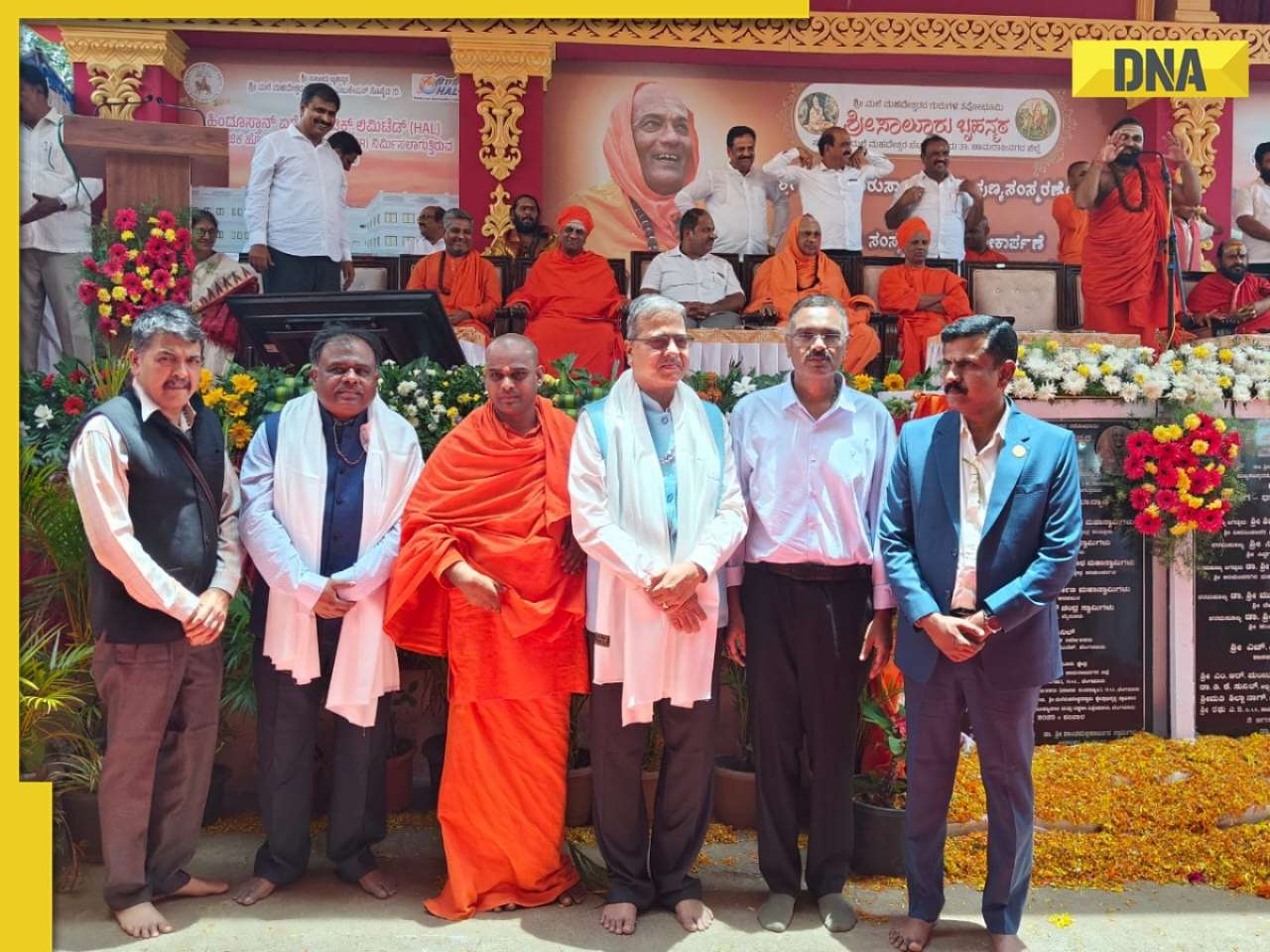 HAL signs historic Rs 4.77 crore education MoU at Salur Math in MM Hills Karnataka
HAL signs historic Rs 4.77 crore education MoU at Salur Math in MM Hills Karnataka  'Try doing that to Viv Richards': Akash Deep schooled by Michael Atherton, Ravi Shastri over Ben Duckett send-off
'Try doing that to Viv Richards': Akash Deep schooled by Michael Atherton, Ravi Shastri over Ben Duckett send-off Viral video: Shah Rukh Khan openly said he deserved National Award for THIS film, lost honour to...: 'I think I should have got it, but...'
Viral video: Shah Rukh Khan openly said he deserved National Award for THIS film, lost honour to...: 'I think I should have got it, but...' Jeera water vs Saunf water: Which morning drink works better for you?
Jeera water vs Saunf water: Which morning drink works better for you? 8 surprising ways to use orange peel in kitchen
8 surprising ways to use orange peel in kitchen NASA shares 8 breathtaking images of Helix Nebula
NASA shares 8 breathtaking images of Helix Nebula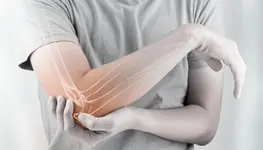 7 silent signs of bone cancer you should never ignore
7 silent signs of bone cancer you should never ignore
 7 mesmerising star formation images captured by NASA's James Webb Space Telescope
7 mesmerising star formation images captured by NASA's James Webb Space Telescope Exclusive: Jyoti Malhotra on Volvo XC60, New Launches & Volvo’s India Strategy | Volvo Car India MD
Exclusive: Jyoti Malhotra on Volvo XC60, New Launches & Volvo’s India Strategy | Volvo Car India MD Exclusive Interview: Rajeev Kapur on Steelbird’s New Helmets & Global Strategy!
Exclusive Interview: Rajeev Kapur on Steelbird’s New Helmets & Global Strategy! Futuristic Education: AI or Natural Intelligence, What's in focus? | Rajiv Tandon, BITS Pilani Digital
Futuristic Education: AI or Natural Intelligence, What's in focus? | Rajiv Tandon, BITS Pilani Digital Tata Harrier EV Review | Most Advanced Electric SUV from Tata?
Tata Harrier EV Review | Most Advanced Electric SUV from Tata? Vida VX2 Plus Electric Scooter Review: Range, Power & Real-World Ride Tested!
Vida VX2 Plus Electric Scooter Review: Range, Power & Real-World Ride Tested! HAL signs historic Rs 4.77 crore education MoU at Salur Math in MM Hills Karnataka
HAL signs historic Rs 4.77 crore education MoU at Salur Math in MM Hills Karnataka 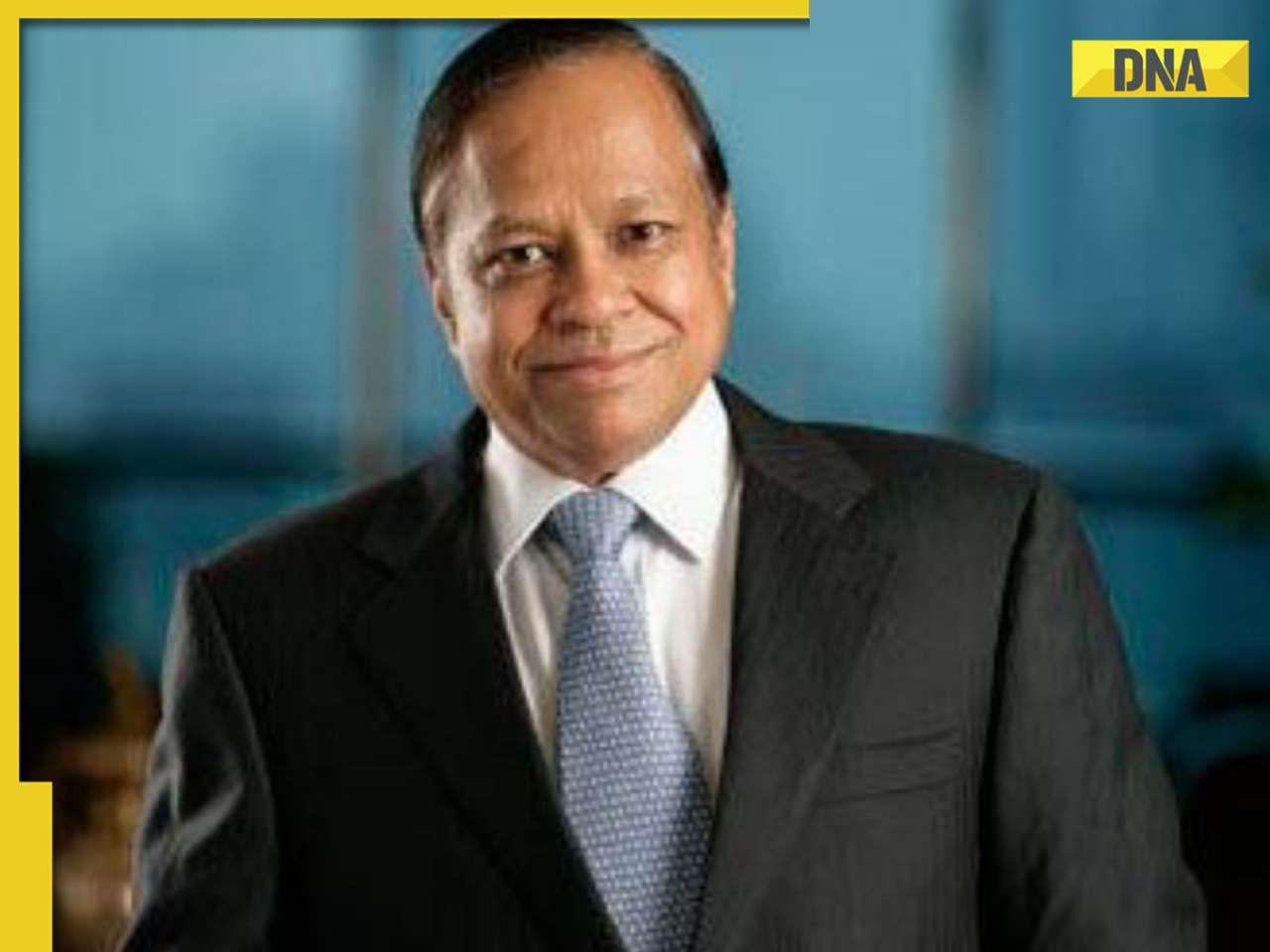 Meet Indian-origin richest man in Indonesia, with net worth of Rs 725000000000, brother-in-law of India's famous billionaire, his business is...
Meet Indian-origin richest man in Indonesia, with net worth of Rs 725000000000, brother-in-law of India's famous billionaire, his business is...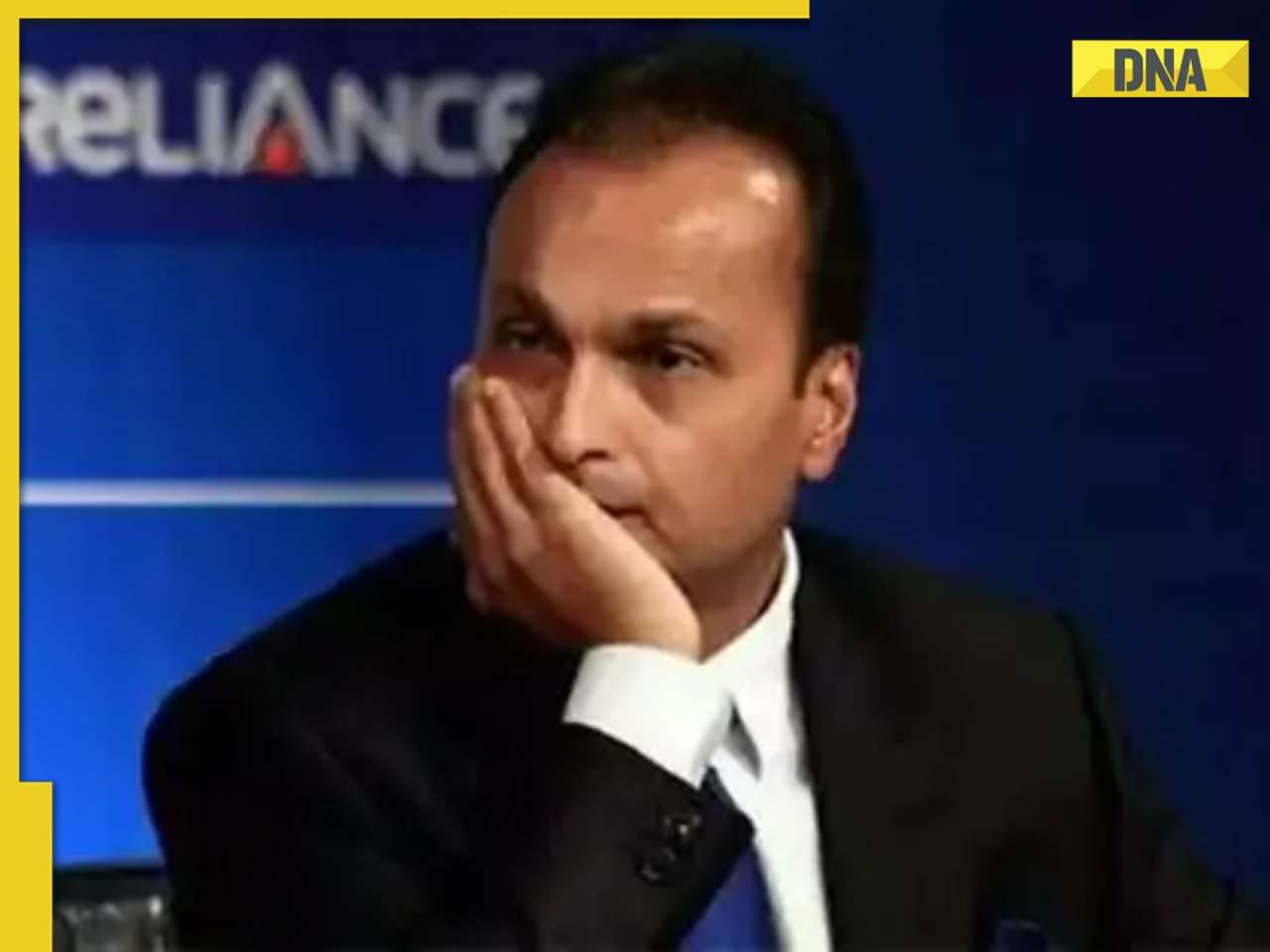 ED issues Look Out Circular against Anil Ambani in Rs 17,000 crore bank loan fraud case
ED issues Look Out Circular against Anil Ambani in Rs 17,000 crore bank loan fraud case BIG move by BSNL as it rolls out new plan for just Re 1; check validity, offer, data limit and more
BIG move by BSNL as it rolls out new plan for just Re 1; check validity, offer, data limit and more Elon Musk's Tesla set to open 1st charging station in India on...; check charging speed, price
Elon Musk's Tesla set to open 1st charging station in India on...; check charging speed, price Preity Zinta’s go-to fitness formula for staying lean and active at 50, 'It does not matter how long...'
Preity Zinta’s go-to fitness formula for staying lean and active at 50, 'It does not matter how long...' Liked Kingdom? Don’t miss these 5 Vijay Deverakonda films that showcase his versatility
Liked Kingdom? Don’t miss these 5 Vijay Deverakonda films that showcase his versatility Before watching Vijay Deverakonda’s Kingdom, know 5 box office hits he said NO to
Before watching Vijay Deverakonda’s Kingdom, know 5 box office hits he said NO to Pooja Batra’s monokini look is blend of tropical vibes and monsoon style inspiration; SEE PICS
Pooja Batra’s monokini look is blend of tropical vibes and monsoon style inspiration; SEE PICS Taarak Mehta Ka Ooltah Chashmah star Deepti Sadhwani’s simple diet plan helped her lose 17 Kg in 6 months: Here’s how she did it
Taarak Mehta Ka Ooltah Chashmah star Deepti Sadhwani’s simple diet plan helped her lose 17 Kg in 6 months: Here’s how she did it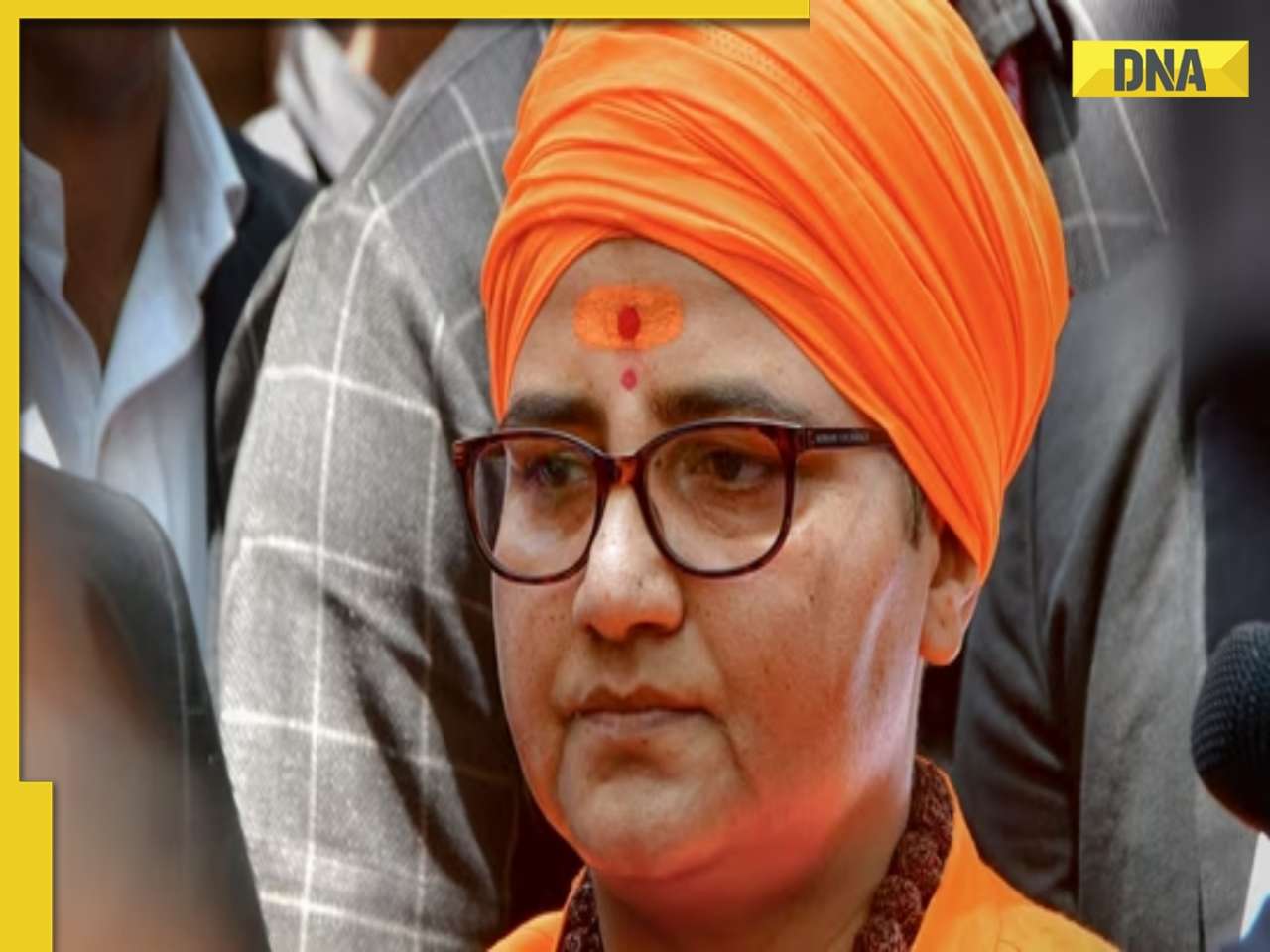 Pragya Thakur's SHOCKING claim on Malegaon blast case, says, 'was forced to take names of...'
Pragya Thakur's SHOCKING claim on Malegaon blast case, says, 'was forced to take names of...'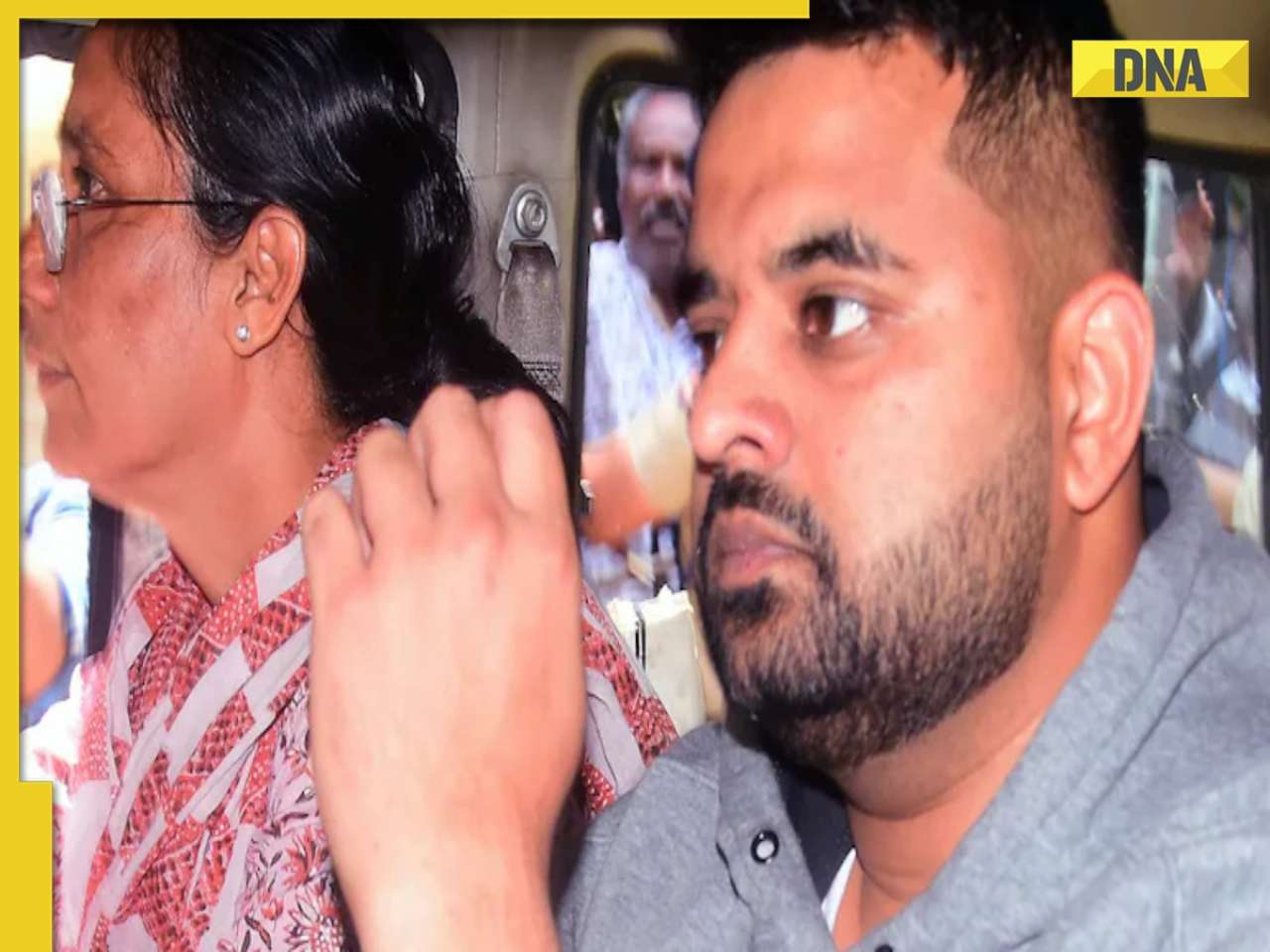 Former JDS MP Prajwal Revanna sentenced to life imprisonment for sexually assaulting house help
Former JDS MP Prajwal Revanna sentenced to life imprisonment for sexually assaulting house help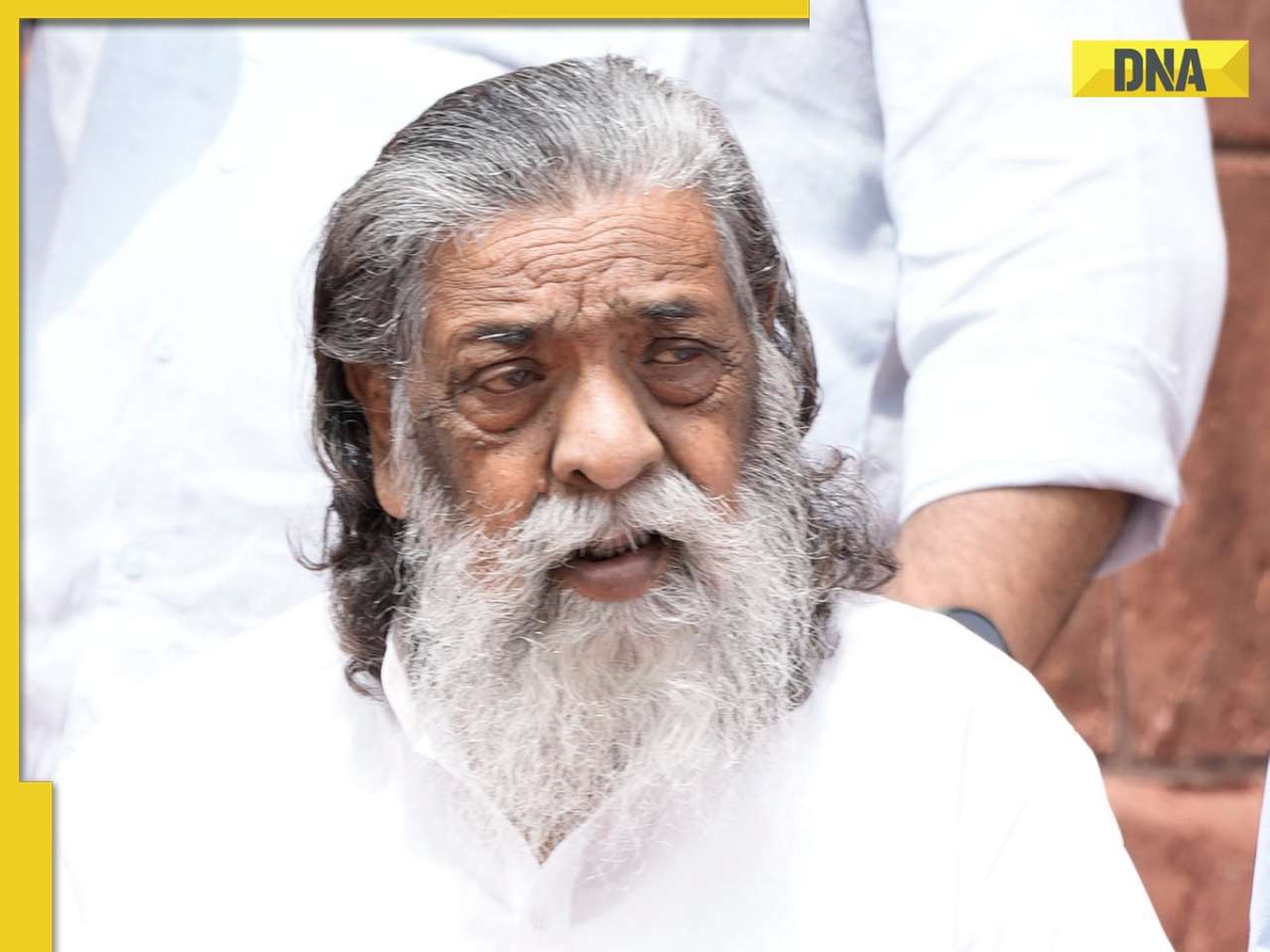 Former Jharkhand CM Shibu Soren critical, on ventilator: Reports
Former Jharkhand CM Shibu Soren critical, on ventilator: Reports 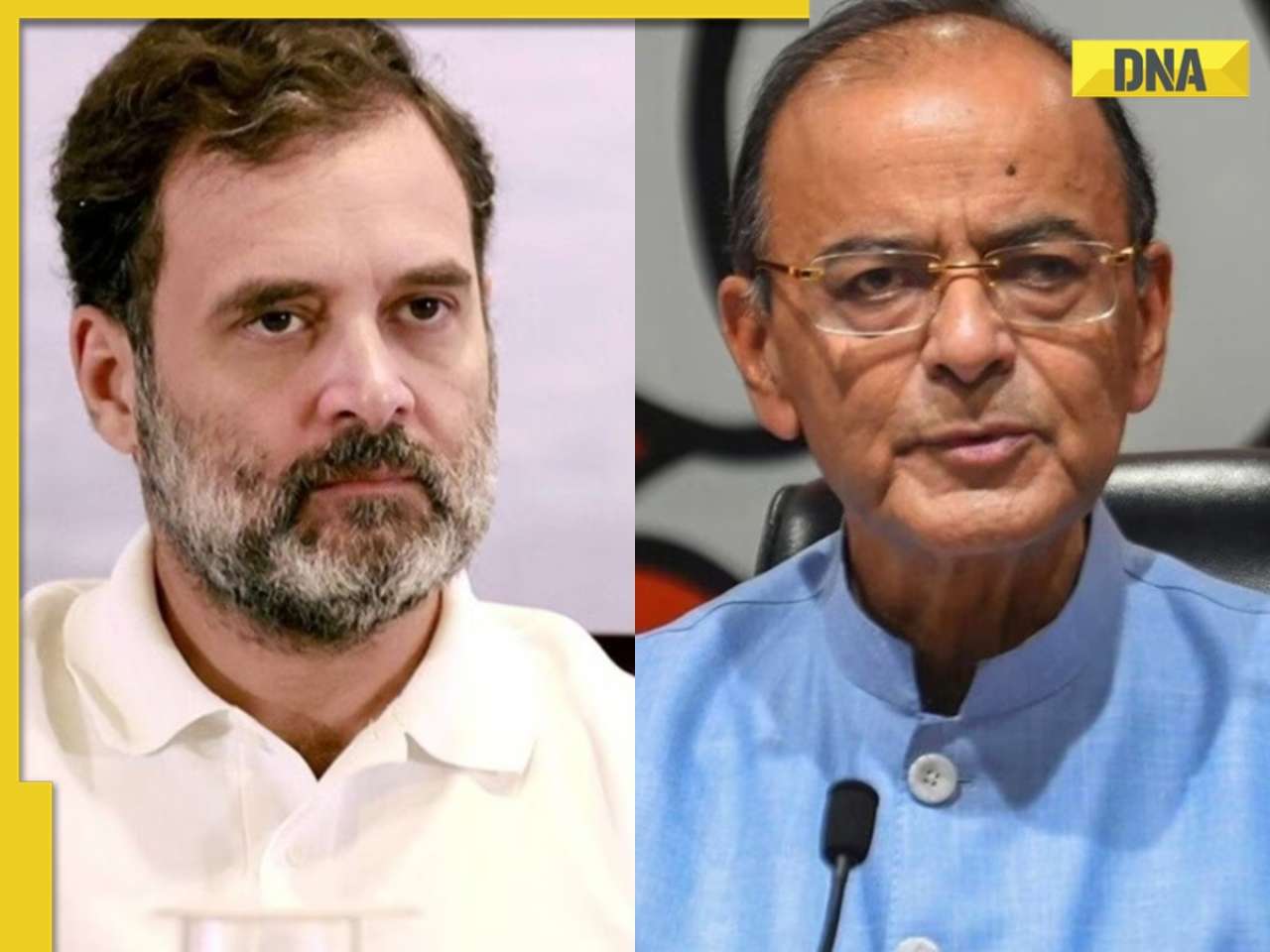 Rahul Gandhi alleges NDA government sent late Arun Jaitley to 'threaten' him over farm laws, introduced a year after his death; son Rohan Jaitley reacts
Rahul Gandhi alleges NDA government sent late Arun Jaitley to 'threaten' him over farm laws, introduced a year after his death; son Rohan Jaitley reacts Amid US President Trump's 25 percent tariff, PM Modi says India should remain vigilant over its economic interests, vows to protect farmers’ interests
Amid US President Trump's 25 percent tariff, PM Modi says India should remain vigilant over its economic interests, vows to protect farmers’ interests Over 2800 MBBS seats go unfilled in 2024 despite 39% rise due to...
Over 2800 MBBS seats go unfilled in 2024 despite 39% rise due to...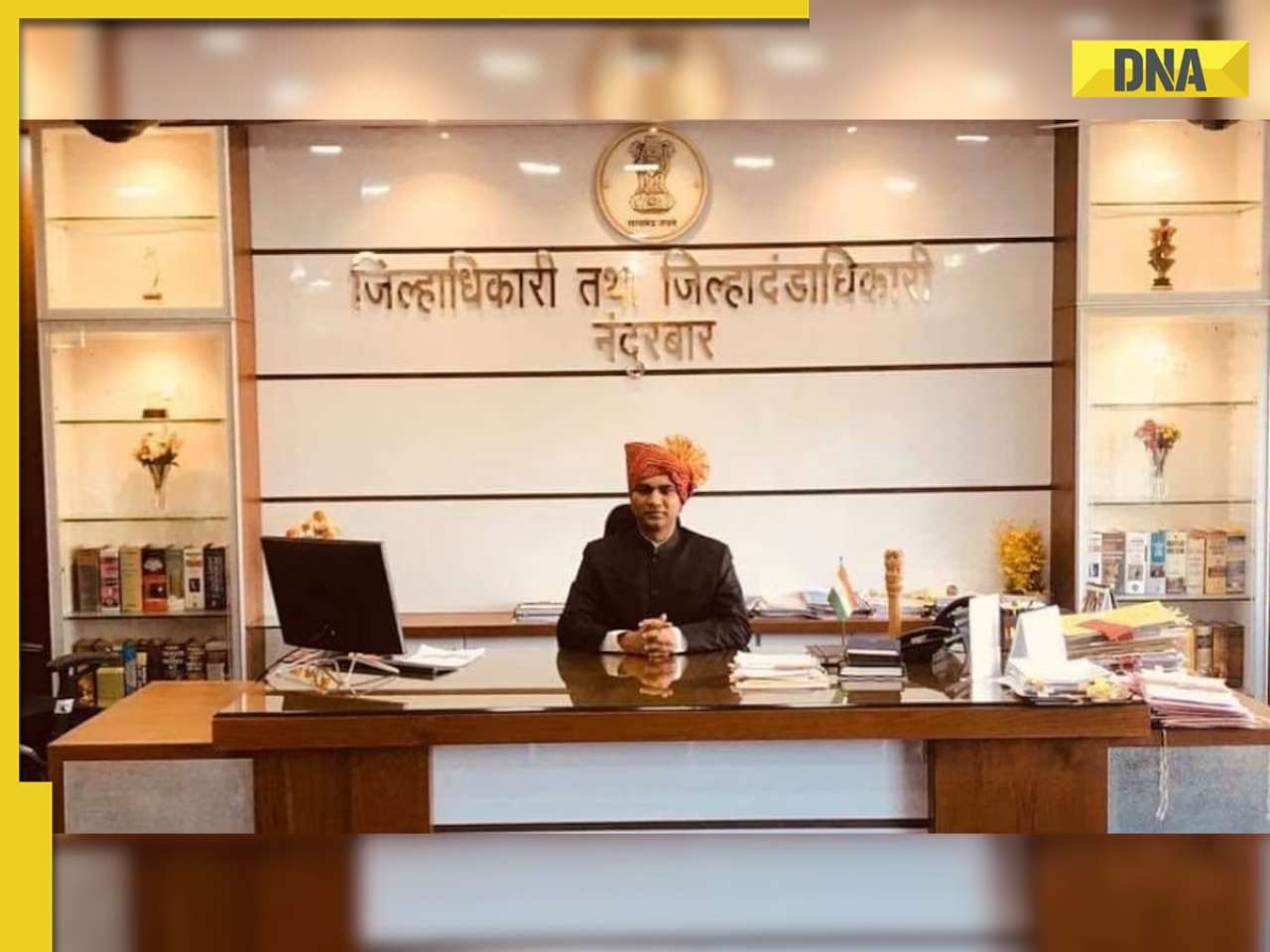 Meet IAS officer, whose mother used to sell desi wine, studied MBBS, later cracked UPSC with AIR..., he is...
Meet IAS officer, whose mother used to sell desi wine, studied MBBS, later cracked UPSC with AIR..., he is...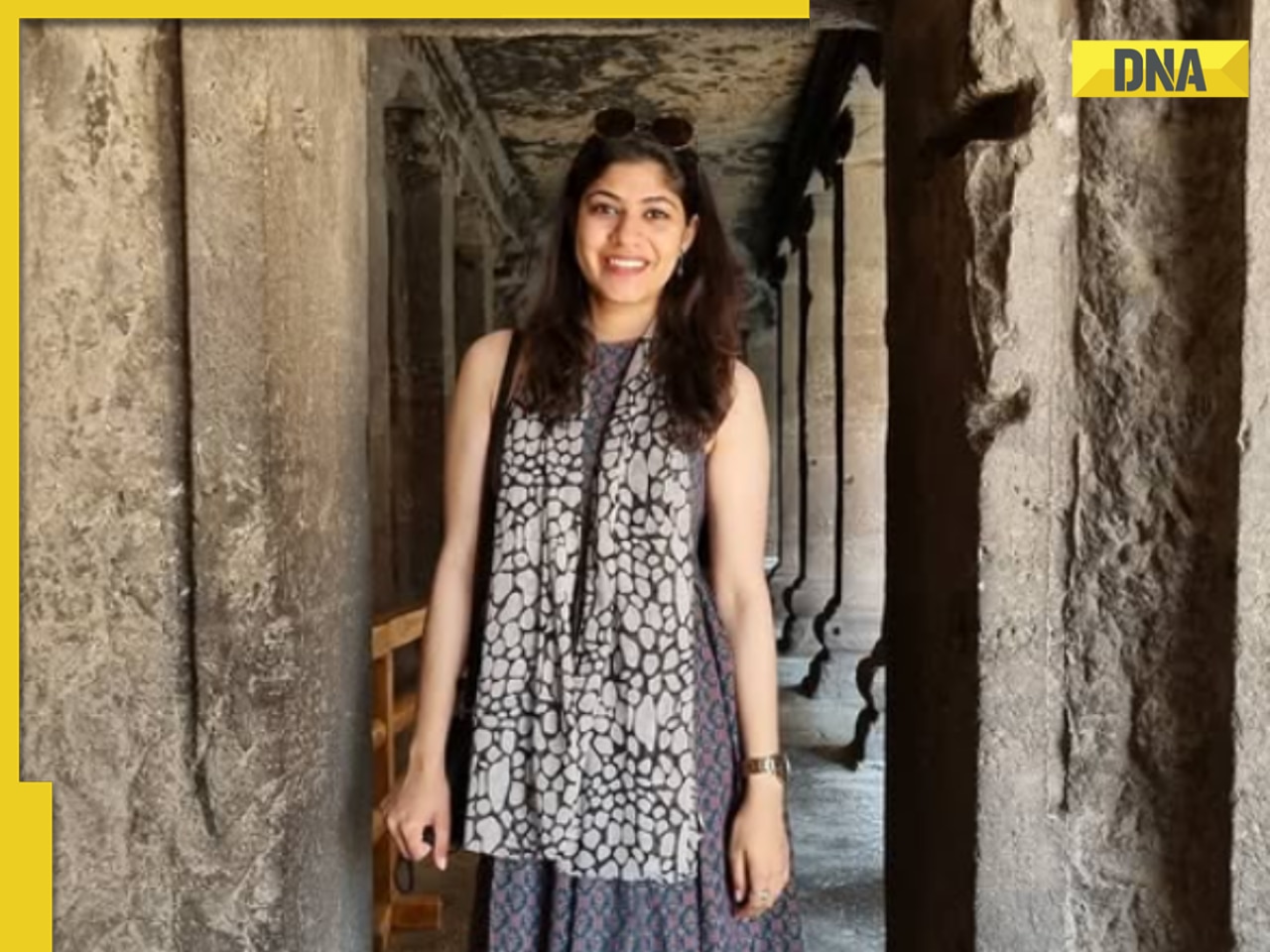 Meet woman, NLU grad, who left her job at legal firm, topped UPSC exam in second attempt with AIR..., her backup plan was...
Meet woman, NLU grad, who left her job at legal firm, topped UPSC exam in second attempt with AIR..., her backup plan was... Meet woman who left medical studies to fulfill father’s wish, cracked UPSC exam, became IPS, then IAS officer after failing thrice, her AIR is...
Meet woman who left medical studies to fulfill father’s wish, cracked UPSC exam, became IPS, then IAS officer after failing thrice, her AIR is...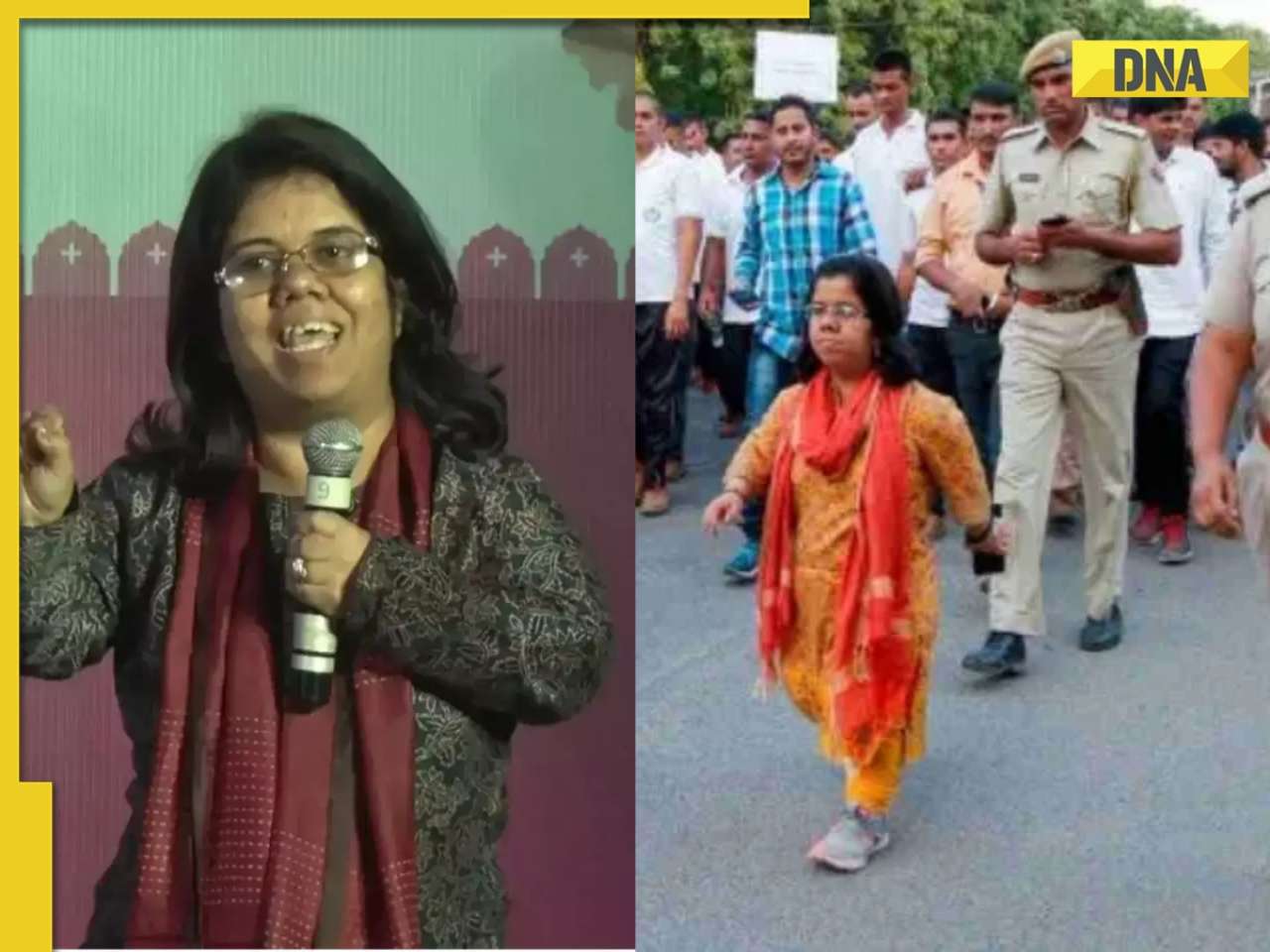 Meet woman, 3.5 feet tall IAS officer who was once made fun of, later graduated from DU, cracked UPSC exam on her first attempt, she is...
Meet woman, 3.5 feet tall IAS officer who was once made fun of, later graduated from DU, cracked UPSC exam on her first attempt, she is... Maruti Suzuki's e Vitara set to debut electric market at Rs..., with range of over 500 km, to launch on...
Maruti Suzuki's e Vitara set to debut electric market at Rs..., with range of over 500 km, to launch on... This is world’s most expensive wood, cost of 1kg wood is more than gold, its name is..., is found in...
This is world’s most expensive wood, cost of 1kg wood is more than gold, its name is..., is found in... This luxury car is first choice of Indians, even left BMW, Jaguar, Audi behind in sales, it is...
This luxury car is first choice of Indians, even left BMW, Jaguar, Audi behind in sales, it is... Kia India unveils Carens Clavis: Check features, design changes, price and more; bookings open on...
Kia India unveils Carens Clavis: Check features, design changes, price and more; bookings open on... Tesla CEO Elon Musk launches most affordable Cybertruck, but it costs Rs 830000 more than older version, it is worth Rs...
Tesla CEO Elon Musk launches most affordable Cybertruck, but it costs Rs 830000 more than older version, it is worth Rs...




)
)
)
)
)
)
)
)
)
)
)
)
)
)
)
)



